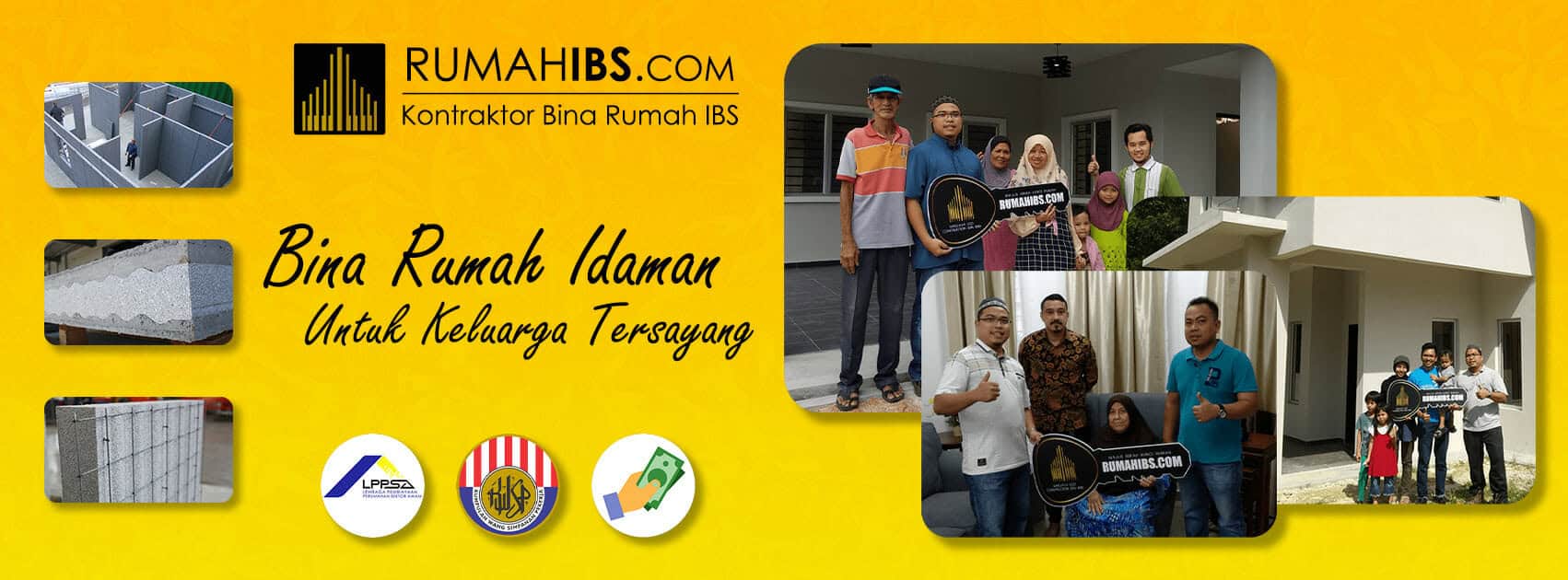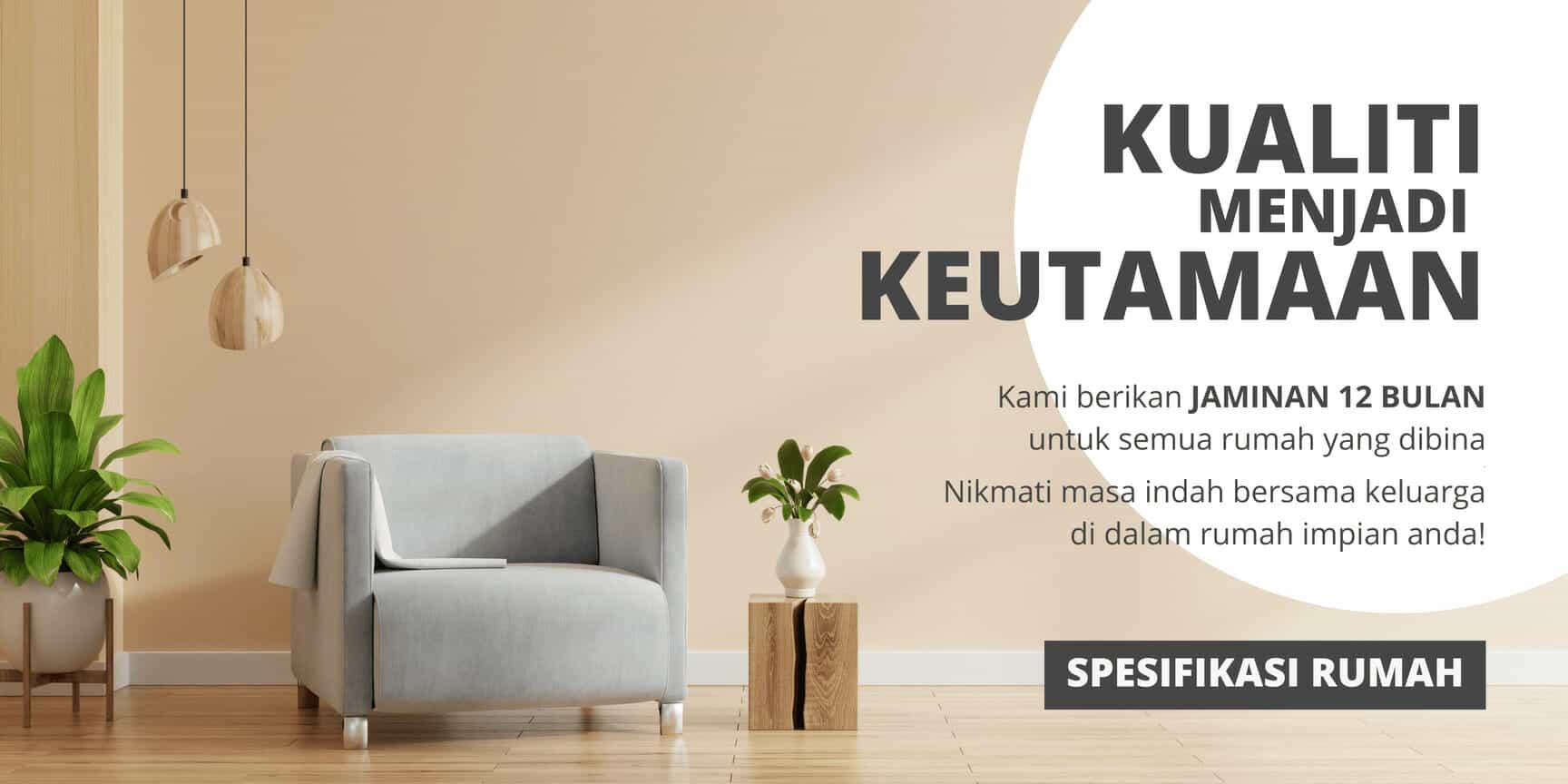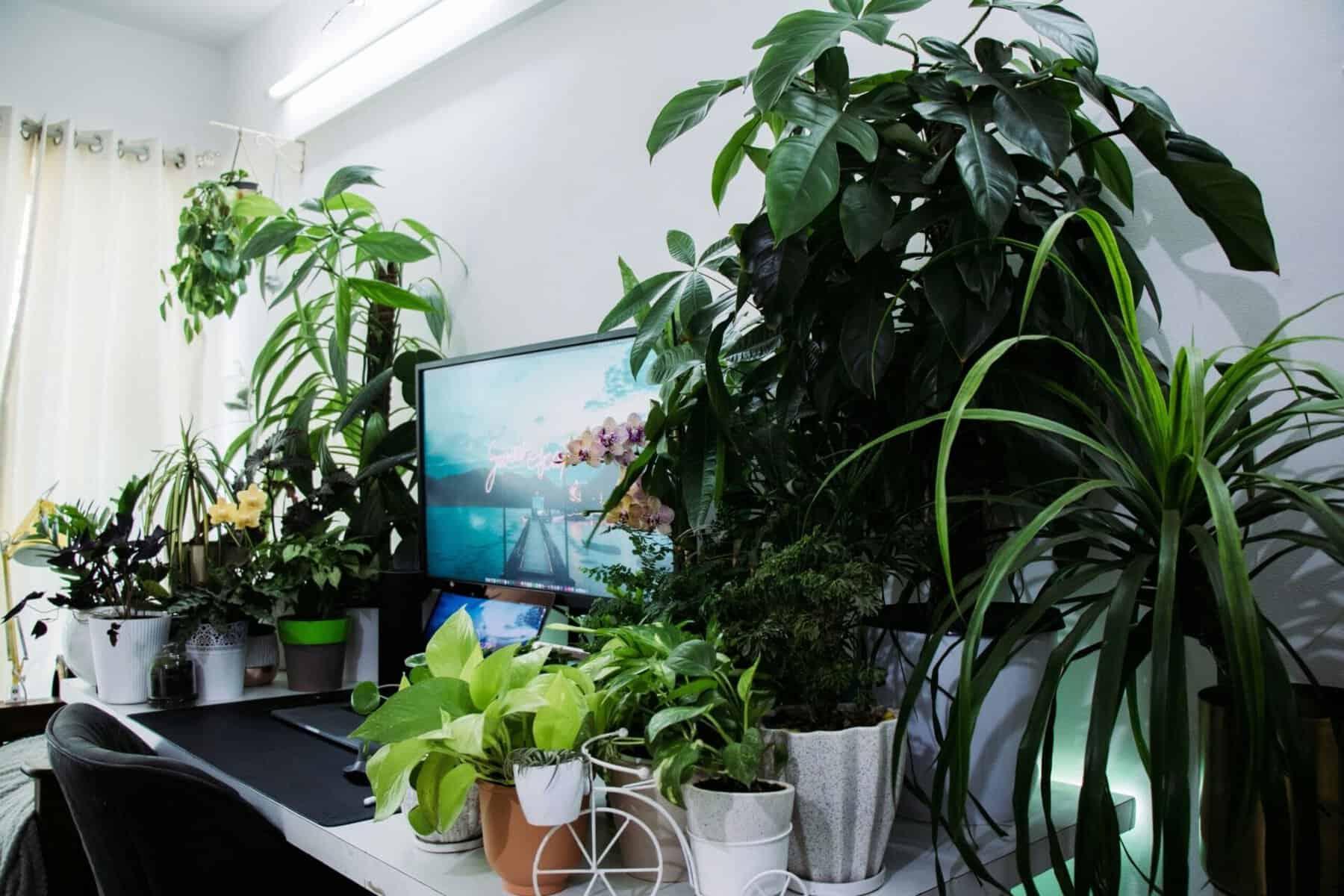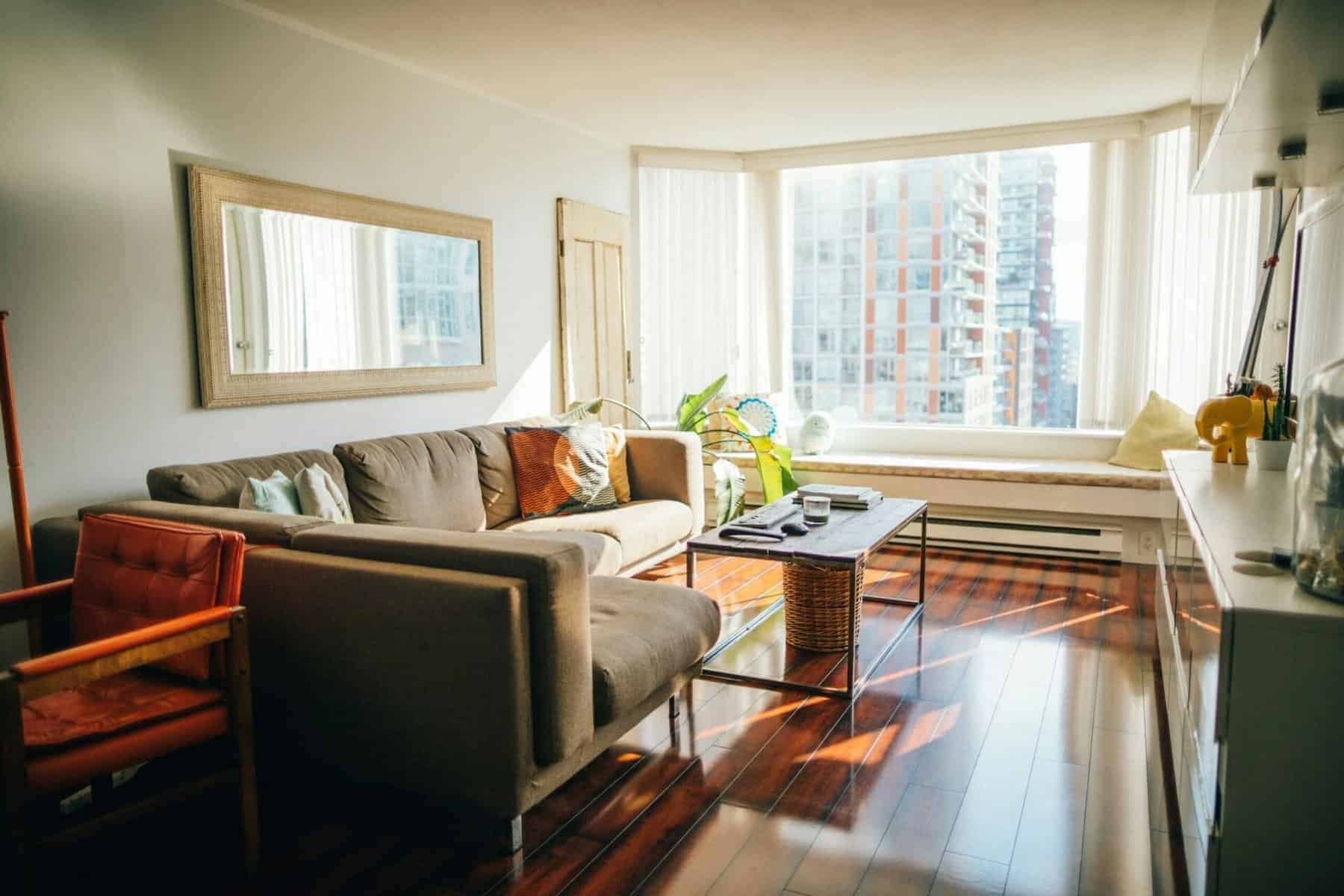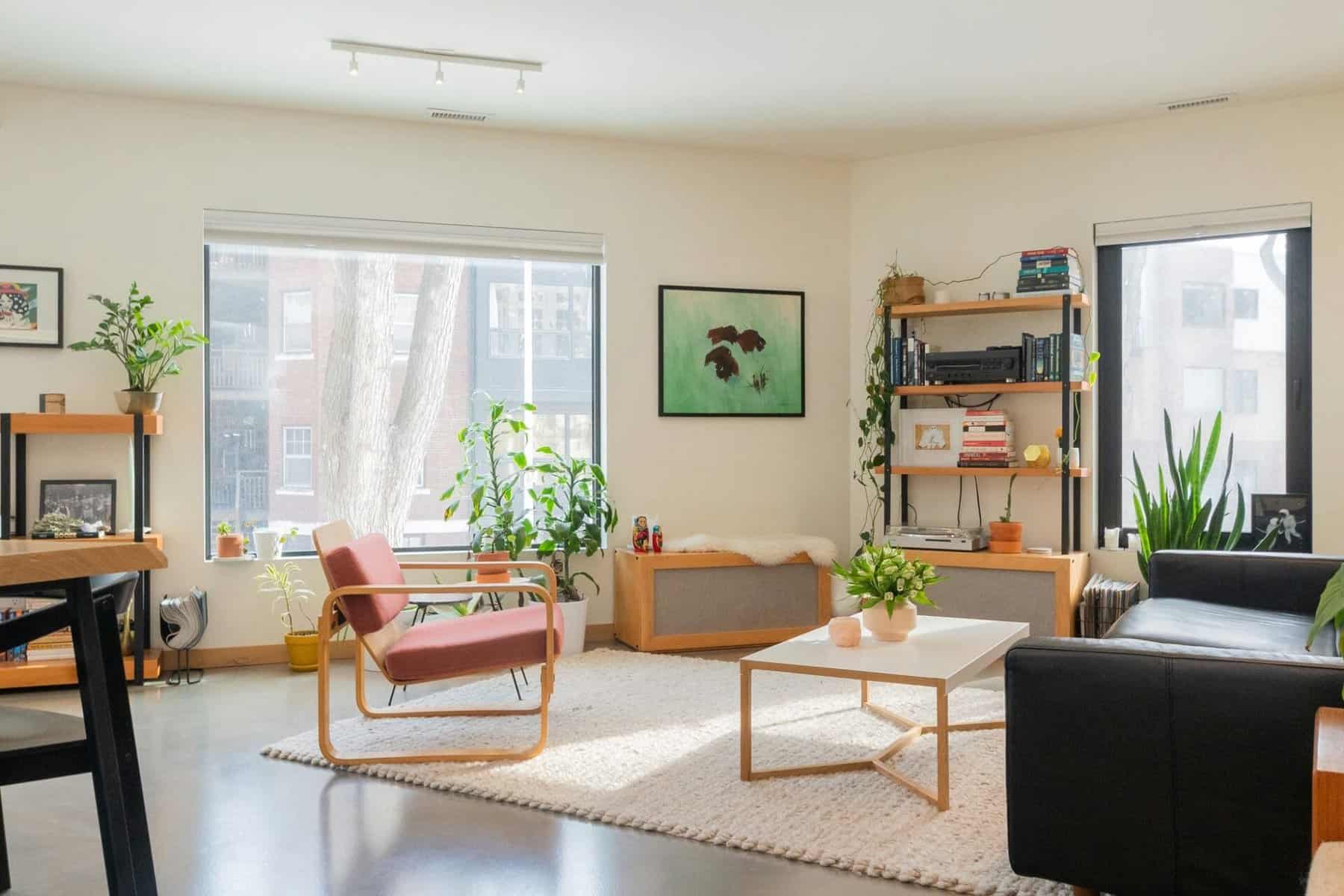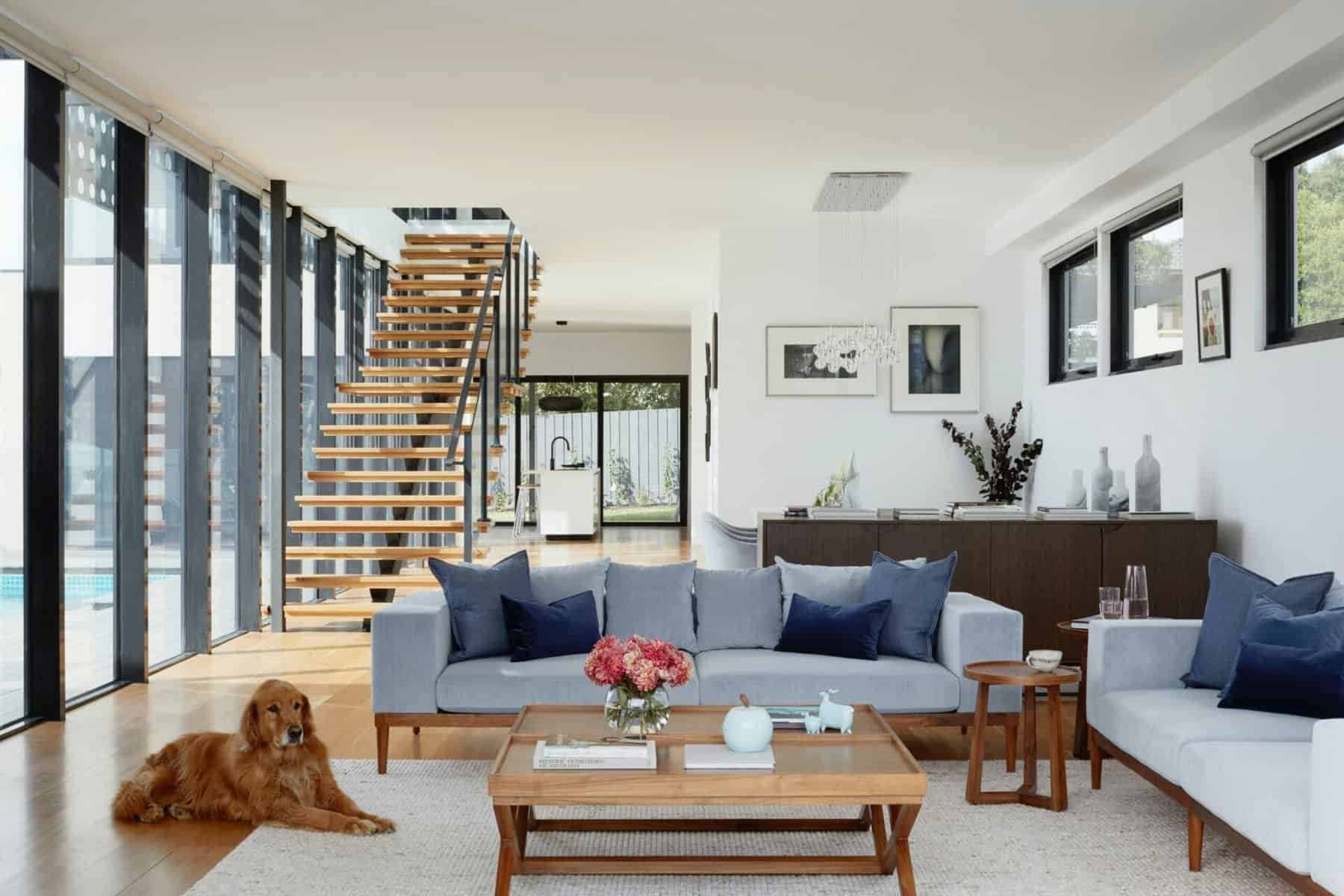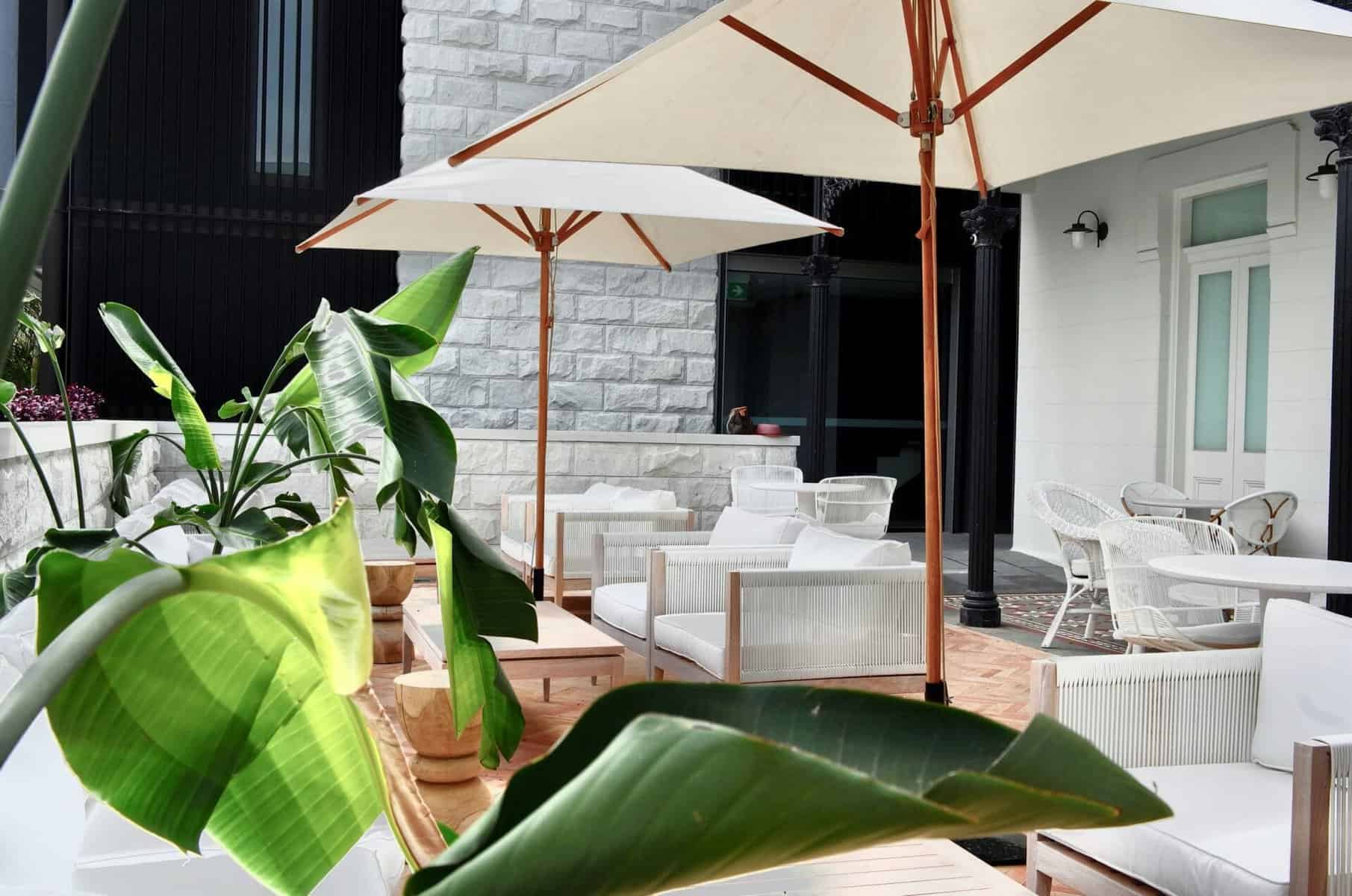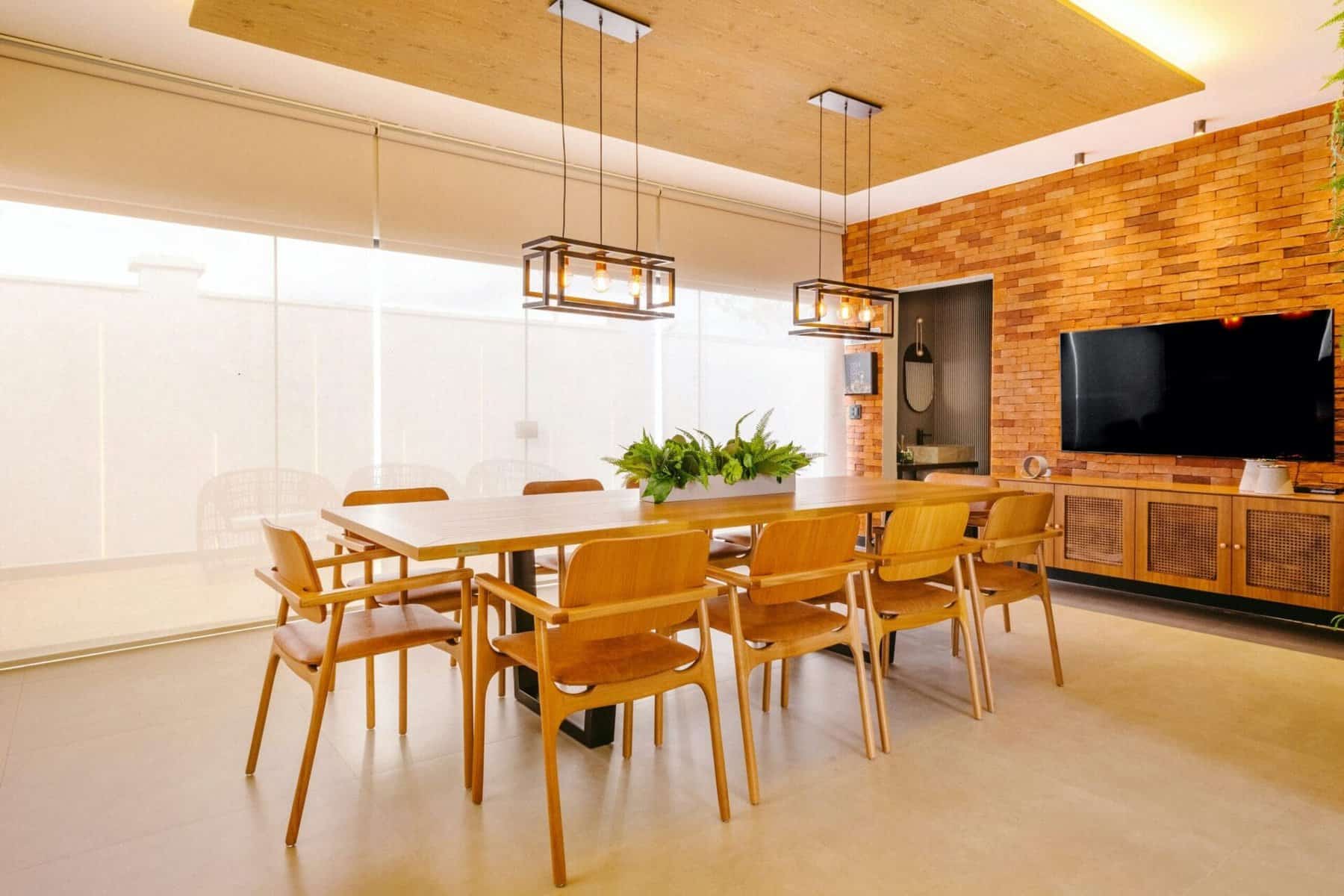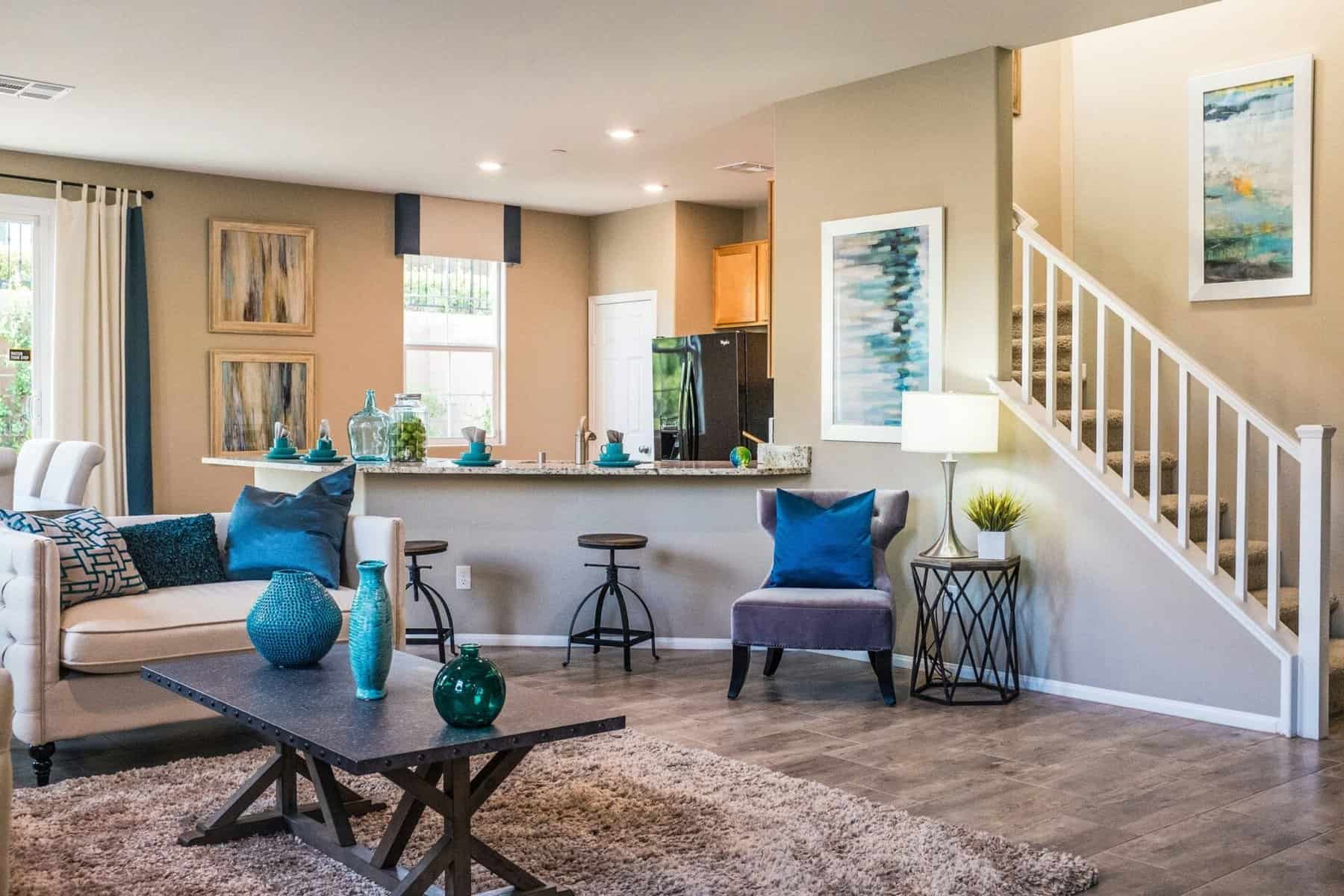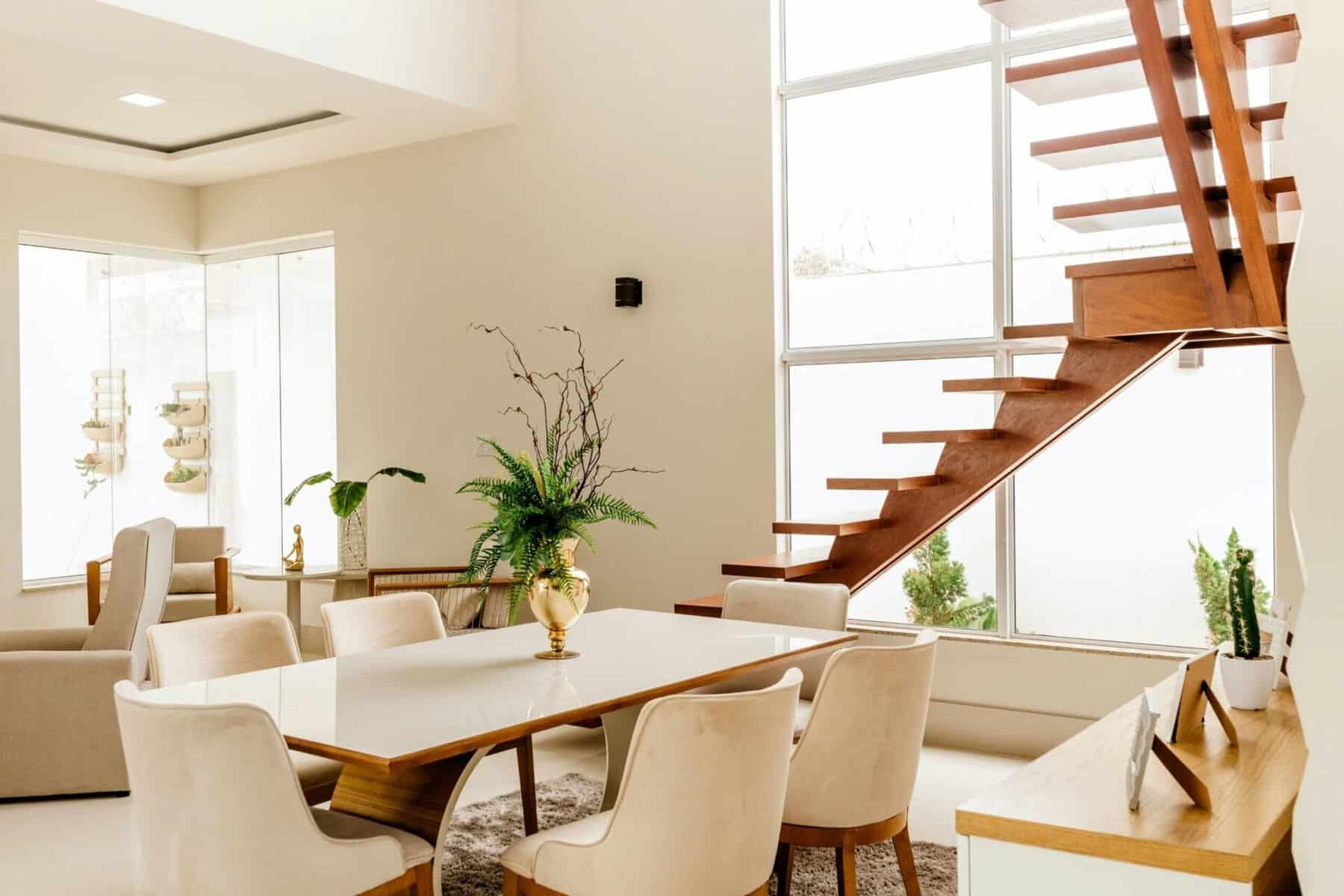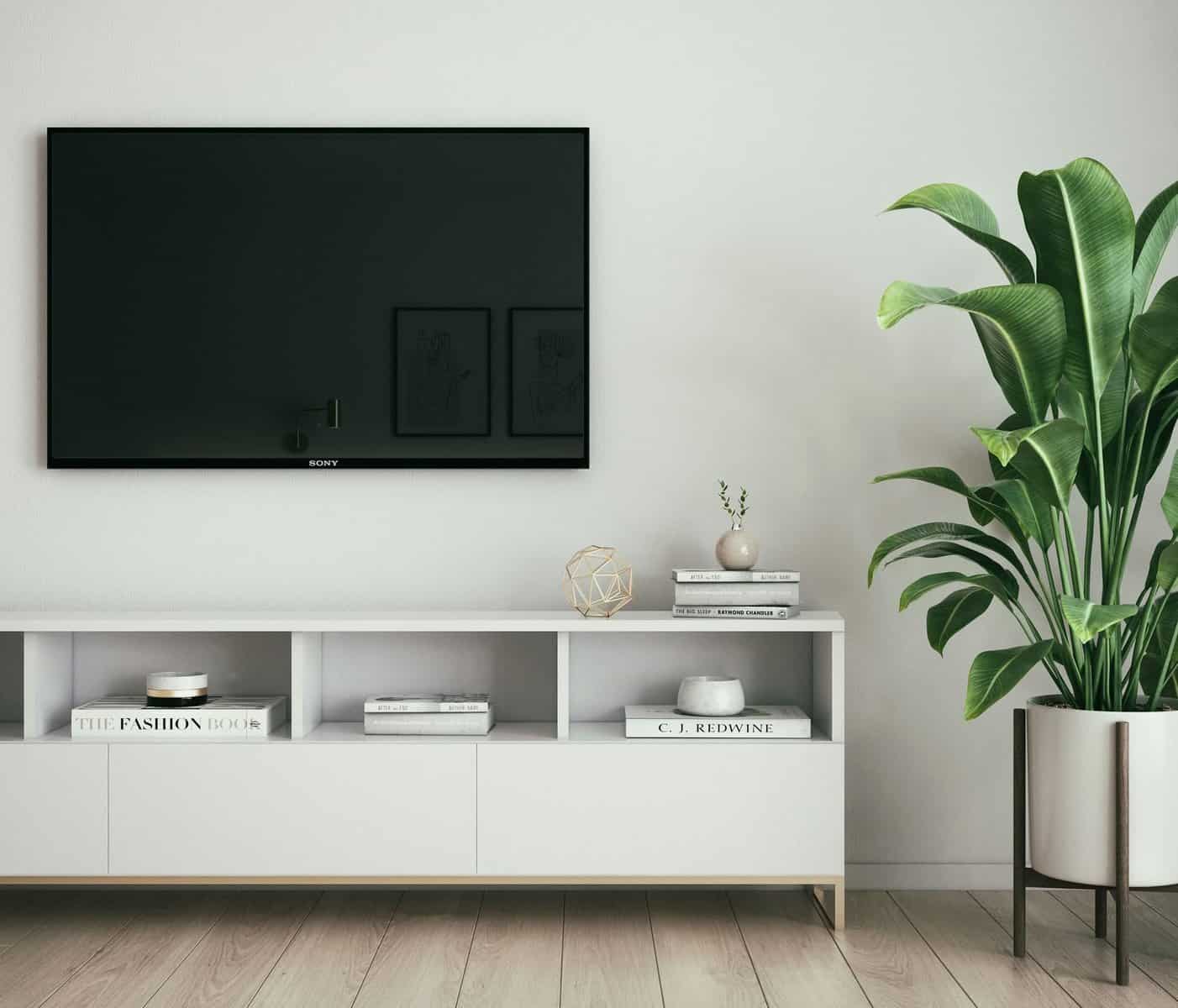- Bina Rumah Batu-Bata
- Zero Deposit
- Spesifikasi Rumah
- Lokasi Projek
- Pembiayaan LPPSA
- Garis Panduan LPPSA (Rasmi)
- Soalan Lazim LPPSA
- E-Book LPPSA (Download)
- 1. Apa itu LPPSA?
- 2. Kelebihan LPPSA
- 3. Syarat Kelayakan
- 4. Jenis-Jenis Pembiayaan
- Jenis 1 – Pembelian Rumah Kediaman Yang Telah Siap
- Jenis 2 – Membina Rumah Di Atas Tanah Sendiri
- Jenis 3 – Membeli Rumah Kediaman Yang Sedang Dibina
- Jenis 4 – Pembelian Tanah Bagi Pembinaan Rumah
- Jenis 5 – Melunaskan Keseluruhan/ Sebahagian Pinjaman Sedia Ada Daripada Bank/ Institusi Kewangan
- Jenis 6 – Pembinaan Rumah Kediaman Di Atas Tanah Yang Sedang Dibiayai Oleh BPP/ LPPSA
- Jenis 7 – Ubah Suai Rumah Yang Sedang Atau Telah Selesai Bayar Melalui LPPSA
- 5. Semak Kelayakan LPPSA
- 6. Dokumen Yang Diperlukan
- 7. Insurans/ Takaful LPPSA
- 8. Kos Yuran Guaman
- 9. BONUS: Bina Rumah
- Pembiayaan Koperasi
- Pengeluaran KWSP
- Bayaran Tunai
- Kalkulator
10 Popular Questions about Designing an Efficient Kitchen for Malaysian Families
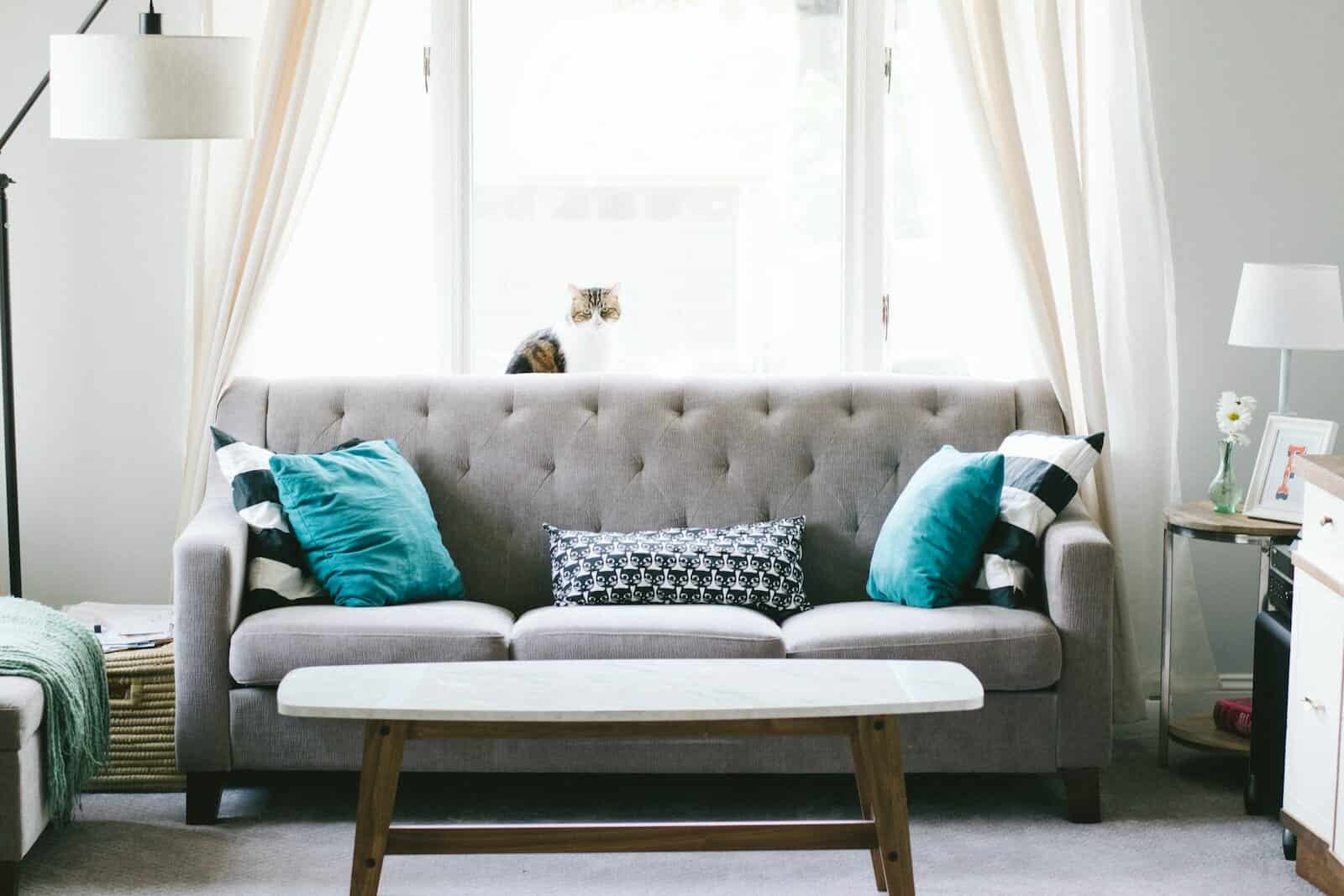
10 Popular Questions about Designing an Efficient Kitchen for Malaysian Families
- What are some space-saving design ideas for small Malaysian kitchens?
- How to choose the right kitchen layout for a Malaysian home?
- What are the best materials for countertops and cabinets in Malaysia’s climate?
- What are essential kitchen appliances for Malaysian cooking and lifestyle?
- How to incorporate natural ventilation and lighting into a Malaysian kitchen?
- Tips for storage and organization in a Malaysian kitchen.
- How to design a kitchen that facilitates an open dining area?
- What are some kid-friendly and family-friendly kitchen design ideas?
- How to choose finishes that are easy to clean and maintain?
- How to design a kitchen that fits Malaysian cooking needs?
@rumahibs 🏡 Perkembangan terbaru kerja2 di site. 🏡 🚧 Progress Kerja: Serah Kunci Rumah IBS 📈 Stage: 7th 👨🏻💼 Site Owner: Puan Noor Hayati 📌 Lokasi: Saujana Utama, Sungai Buloh 👷 Kontraktor: Maju Cekap Construction Sdn Bhd. ⚡Untuk maklumat lanjut, sila hubungi En Saif Muhtar ditalian 016-35473 🔗 RumahIBS.com ♬ original sound – RumahIBS
What are some space-saving design ideas for small Malaysian kitchens?
Kitchens in Malaysian homes tend to be on the smaller side, especially in apartments and condominiums. However, there are many clever ways to maximize every inch and create an efficient cooking space even in a compact kitchen. Here are some tips for space-saving kitchen designs for Malaysian homes:
- Optimize storage with pull-out shelves and drawers. Install pull-out shelves in corner cabinets and deep drawers under counters to access items in the back without having to move everything in front.
- Use vertical space. Floor-to-ceiling shelving, hanging pots and pan racks, and mounted spice racks help get things off the counters.
- Multi-purpose island. A movable island on wheels can serve as extra counter space for food prep and also additional dining space. Look for one with storage inside.
- Peninsula layout. This creates an open flow for traffic between kitchen and dining areas. The peninsula counter can function as a breakfast bar.
- Hide appliances. Keep counters clutter-free by storing small appliances in cabinets or drawers when not in use. Consider panel-ready dishwashers and refrigerators.
- Fold-down prep area. Install a fold-down work surface or extendable table to maximize prep space when needed.
- Use glass cabinet doors. Glass-front cabinets keep things visible and make the kitchen appear more open. Consider open shelving too.
- Mix small and standard appliances. Compact microwave, mini fridge, and countertop burners save room over full-sized.
- Multi-function furniture. An antique armoire can store appliances when not in use and serve as a pantry.
- Keep floor space clear. Avoid bulky kitchen tables and opt for slimmer bar stools instead of chairs.
With some creativity and dual or multi-purpose elements, small Malaysian kitchens can be highly efficient, functional spaces. Focus on vertical storage, mobile pieces, and streamlined furnishings.
How to choose the right kitchen layout for a Malaysian home?
The layout of your kitchen should suit your family’s cooking style and needs. Here are some tips on choosing the right kitchen layout for a Malaysian home:
- Consider your cooking style. Do you frequently cook elaborate meals or tend to heat up takeout? Lots of frying and sautéing or more boiling and steaming? Tailor the layout to your cooking.
- Include a wet and dry zone. The “wet” zone contains the sink, dishwasher, refrigerator and is for cleaning. The “dry” zone is for cooking and food prep.
- Make frequently used areas accessible. Position the sink, fridge, stove and prep areas in a triangle workflow pattern for efficiency.
- Allow for multiple cooks. If more than one person is cooking, include space to maneuver and multiple prep zones. An island or peninsula provides room for helpers.
- Incorporate natural ventilation. Align windows above the sink or stove to allow hot air and steam to escape. This keeps the kitchen cool.
- Situate near dining room. An open layout or pass-through window facilitates serving food. A doorway or wide opening connects the spaces.
- Place appliances wisely. Situate the refrigerator near the entrance for groceries and garbage. Leave room around it for circulation.
- Consider galley layout. This single-wall layout is great for small spaces. Customize with an island or peninsula.
- Include seating. Bar stools around a peninsula or island allow for casual meals and keep cooks company.
- Allow room to open appliances. Ensure there is space to fully open oven doors or pull out fridge and freezer drawers.
Evaluate how your family uses the kitchen and entertain. This will guide you in choosing a layout that caters to your unique needs and lifestyle.
What are the best materials for countertops and cabinets in Malaysia’s climate?
The hot and humid climate in Malaysia requires durable kitchen materials that can withstand heat, moisture and heavy use. Here are some of the best options for countertops and cabinets:
Countertops
- Granite – This natural stone is dense, scratch-resistant and stain-proof. It comes in a variety of colors and patterns. The polished surface is easy to clean.
- Quartz – Made from crushed quartz and resin, this engineered stone is non-porous and heat tolerant. Quartz requires little maintenance.
- Solid Surfaces – Materials like Corian are seamless, providing no crevices for bacteria. Resistant to scratches, stains and heat.
- Stainless Steel – A heat-proof and water-resistant option perfect for busy kitchens. Can be prone to scratches but these can be buffed out. Easy to sanitize.
Cabinets
- Stainless Steel – In addition to countertops, stainless steel makes for durable and moisture-resistant cabinets. Provides a modern, industrial look.
- Laminates – Affordable and available in many colors and patterns. Laminate stands up well to bumps, stains and humidity.
- Wood – Hardwoods like teak can endure in Malaysia’s climate. Choose wood with a durable finish that resists moisture and wear.
- Thermofoil – This affordable material is a wood byproduct covered in plastic laminate. Withstands moisture, warping and scratches.
- Aluminum – Lightweight yet strong, aluminum cabinets are waterproof and easy to clean. Less prone to rusting than steel.
Opt for non-porous, seamless materials that can endure high heat, humidity and heavy usage for a long-lasting Malaysian kitchen.
What are essential kitchen appliances for Malaysian cooking and lifestyle?
Equipping a Malaysian kitchen with appliances tailored for local cooking and lifestyles can make food preparation efficient and enjoyable. Here are some essential appliances:
- Rice Cooker – No Malaysian kitchen is complete without an automatic rice cooker for steaming fluffy white rice, the staple accompaniment. Choose one with a keep-warm function.
- Wok – The versatile, curved wok is ideal for stir-frying, deep-frying, steaming and braising Asian dishes. Select a round-bottomed carbon steel wok.
- Steamboat Stove – For hotpot or steamboat meals, an electric steamboat stove lets you cook ingredients in broth right at the dining table.
- Air Fryer – The circulating hot air in an air fryer makes for quick and healthy frying without oil, suiting health-conscious lifestyles.
- Blender – Blend and puree ingredients for Malaysian sambals, curries, soups and smoothies. Pick a sturdy model.
- Slow Cooker – This enables hands-off simmering of stews, curries and soups. Helpful for busy families.
- Stand Mixer – Great for whipping up batters for cakes, nyonya kuih and bread. Choose a mixer with dough hooks.
- Juicer – Fresh juices made from local fruits are a breakfast staple. A cold press juicer preserves nutrients.
- Coffee Maker – For Malaysian breakfasts or tea breaks, a drip coffee maker or espresso machine is essential.
- Toaster Oven – Compact and energy-efficient, a toaster oven nicely handles small item baking, broiling and roasting.
Look for versatile appliances with multiple uses that make Malaysian cooking efficient, healthy and hassle-free.
How to incorporate natural ventilation and lighting into a Malaysian kitchen?
Malaysia’s tropical climate means kitchens can get hot and steamy. Incorporating natural airflow and sunlight can make the space more open and comfortable. Consider these tips:
- Strategic windows – Place windows above countertops or appliances to allow hot air to escape. Openable windows near cooking surfaces are ideal.
- Ventilation shafts – Install ventilation shafts over the stove area to suck up steam and odors. Vented range hoods do the same.
- High upper cabinets – Wall cabinets with high tops create open space for airflow near the ceiling. Avoid overhead cabinets.
- Open shelving – Open shelves let light and air circulate rather than trapping it behind closed cabinet doors.
- Skylights – Cutouts in the ceiling with glass panels allow natural light in. Position above heavy work areas.
- Glass cabinet doors – Glass-fronted cabinets enhance the sense of openness while keeping contents visible.
- Pendant lights – Hanging pendant lights over islands illuminate while keeping the floor and counters open.
- No door or wide opening – An open floor plan without a door or wide entryway enhances air circulation.
- Light paint colors – Light paint hues like white or pale yellow reflect light and create brightness.
- Sheer curtains – Hung over windows, breezy sheer fabrics filter light and permit airflow.
Taking advantage of natural elements like air and light fosters a more breathable, cooler ambiance in Malaysian kitchens.
Tips for storage and organization in a Malaysian kitchen.
Kitchens tend to accumulate pots, appliances, utensils and groceries. Staying organized in a Malaysian kitchen helps you cook efficiently and find things when you need them. Consider these tips:
- Categorize cabinets – Devote cabinets for plates, glasses, pans, food storage. Label them clearly.
- Use vertical space – Floor-to-ceiling shelves, hanging pots racks, mounted spice racks clear counters.
- Pull-out drawers – Use deep drawers for pots and pans. They slide out so you can easily access contents.
- Lazy susans – Spinning lazy susan trays in corner cabinets create easy access to items in the back.
- Hanging racks – Racks mounted on walls or inside cabinets hold cooking utensils within reach.
- Portable trolleys – Multi-tiered trolleys on wheels can be moved around to hold appliances or ingredients.
- Magnetic strips – Mount magnetic strips on walls to hold knives securely in place.
- Spice organization – Use a spice rack, magnets or small shelves to keep spices visible and organized.
- Fridge storage – Use bins, shelves and racks to group similar ingredients and prevent spills in the fridge.
- Pantry – Have a well-stocked pantry with shelves and baskets for dry goods, canned items and snacks.
An organized kitchen minimizes clutter and makes cooking more seamless. Focus on compartmentalizing into zones, utilizing vertical spaces and easy-access storage.
How to design a kitchen that facilitates an open dining area?
For many Malaysian families, the kitchen is the heart of the home and integrally linked to dining. An open-concept kitchen flowing into the dining area facilitates cooking, conversation and connection. Consider these design ideas:
- Island or peninsula – This provides a natural segue from kitchen to dining space. Stools allow seating for casual meals.
- Bar countertop – A extended counter of the same height as bar stools makes for casual dining on the kitchen side.
- Open shelving – Visually opens up the wall space between kitchen and dining areas. Enhances flow.
- Same flooring – Continuous flooring materials like wood or tile connect the two zones seamlessly.
- No walls – An open floor plan without walls between spaces makes serving food simple.
- Pass-through window – A window-lined opening in the wall enables passing dishes from kitchen to dining table.
- Pendant lighting – Hanging lights over the center island illuminate both kitchen and dining areas.
- Large entryway – A wide, open doorway invites movement between the spaces.
- Visible appliances – Showing off sleek, stainless appliances makes the kitchen an architectural focal point.
- Uncluttered surfaces – Keeping counters and island clear of clutter enhances openness and flow.
What are some kid-friendly and family-friendly kitchen design ideas?
Kitchens are often the busiest room in family homes. Implementing kid-friendly, family-friendly features makes cooking and bonding easier. Consider these ideas:
- Step stools – Allow kids to reach counters and sinks safely when helping with cooking and cleaning.
- Durable finishes – Choose durable countertops and flooring that can withstand drops and spills as kids learn.
- Plastic utensils – Keep plastic prep tools and dull knives for young kids to use under supervision.
- Low drawers/cabinets – Designate lower drawers or cabinets kids can easily access for their cups, plates, snacks.
- Magnetic boards – Mount magnetic boards or chalkboard paint walls for kids to display art and stay occupied as parents cook.
- Kid-height counters – Include a section of counter at a lower height for kids to help with food prep or sit at.
- Unbreakable dinnerware – Use plastic or bamboo plates and cups — less risky for kids to handle.
- Easy-to-clean textiles – Choose patterned, durable textiles and rugs that camouflage and clean up messes.
- Reinforced shelves – Install reinforced brackets and standards on shelving units to prevent tipping accidents.
- Safety features – Use rounded corners, soft-closing hinges, and drawer/cabinet locks to prevent injuries.
Designing a kitchen with young kids in mind ensures parents can cook comfortably while keeping children safe and engaged.
How to choose finishes that are easy to clean and maintain?
Kitchens tend to get grimy with oil splatter, food drips and spills. Choosing finishes that wipe clean and are easy to maintain saves time and hassle. Consider these options:
Countertops
- Quartz – Nonporous so liquids don’t seep in. Resists stains.
- Laminate – Seamless surface wipes clean. Affordable.
- Stainless steel – Smooth, water-resistant surface.
- Tile – Grout can stain but tiles wipe clean. Use dark grout.
- Solid surface – Seamless so no crevices for grime.
Cabinets
- Laminate – Glossy laminate resists grease and wipes clean.
- Thermofoil – Similar to laminate. Easy to clean and affordable.
- Stainless steel – Waterproof and seamless.
- Painted wood – Glossy paint finishes clean up nicely.
- Glass – Clear glass fronts keep contents visible. Wipe with glass cleaner.
Appliances
- Stainless steel – Smudges show but wipe away easily. Matches other finishes.
- White – Shows fewer smudges than stainless. Classic look.
- Matte finish – Doesn’t show fingerprints.
Floors
- Luxury vinyl tile – Looks like stone or wood but totally waterproof.
- Porcelain tile – More durable and stain-resistant than ceramic tile.
- Sheet vinyl – Seamless and inexpensive. Lots of patterns available.
Choosing easy-to-clean finishes minimizes the effort it takes to keep a kitchen looking freshly cleaned.
How to design a kitchen that fits Malaysian cooking needs?
To create a kitchen tailored for Malaysian cooking, incorporate these design elements:
- Wok stove – A high-BTU gas burner is ideal for wok cooking with intense heat. Or install a wok stove top.
- Ventilation – A ventilated hood over the stove clears away steam, oil and aromas from frying and stir-frying.
- Rice cooker – Have space to keep this Malaysian staple appliance on the counter or in a cabinet.
- Double sink – A double sink allows you to wash produce at one basin while draining in the other.
- Spice storage – Designate drawers or a pantry shelf for the many spices used in Malaysian cuisine. Keep spices visible and within reach.
- Wet and dry zones – Separate areas for washing, prep and cooking streamline work processes.
- Water filtration – A water filtration system provides clean drinking water. Essential for cooking rice and soups.
- Magnetic strip – Mount a magnetic strip to hold cooking knives safely and within easy access.
- Marble or granite – These natural stone countertops withstand chopping and food prep. Nonporous and heat resistant.
- Pull-out trash – Hide away garbage bins in cabinetry to keep cooking zones clutter-free.
Optimizing workflow, storage and tools tailored for Malaysian cooking methods results in an efficient, user-friendly kitchen.
Key Takeaways
- Optimize storage with pull-outs and vertical space for small kitchens.
- Choose layouts that suit cooking style and allow for open flow.
- Select durable, moisture-resistant countertops and cabinets.
- Tailor appliances to Malaysian cooking and lifestyles.
- Strategic windows, lights and open shelves encourage natural airflow.
- Stay organized with categorized storage and easy-access.
- An open concept facilitates movement between kitchen and dining.
- Include kid-friendly features like step stools, plasticware, safety measures.
- Choose low-maintenance finishes that are easy to clean and wipe down.
- Install ventilation, wok burners and other features suited for Malaysian cooking.
Conclusion
In conclusion, designing an efficient kitchen in a Malaysian home requires factoring in the local climate, cooking practices, lifestyles and family needs. Focus on maximizing every inch, allowing for open airflow, incorporating specialized appliances and finishes suited for Malaysian cooking, and implementing safety and organizational elements that facilitate family use. With mindful planning tailored to how Malaysians live and cook, the kitchen can become a comfortable, highly functional space that seamlessly brings the family together.
kontraktor rumah
bina rumah
pinjaman lppsa
pengeluaran kwsp
spesifikasi rumah
pelan rumah
rekabentuk rumah
bina rumah atas tanah sendiri
kontraktor rumah selangor
